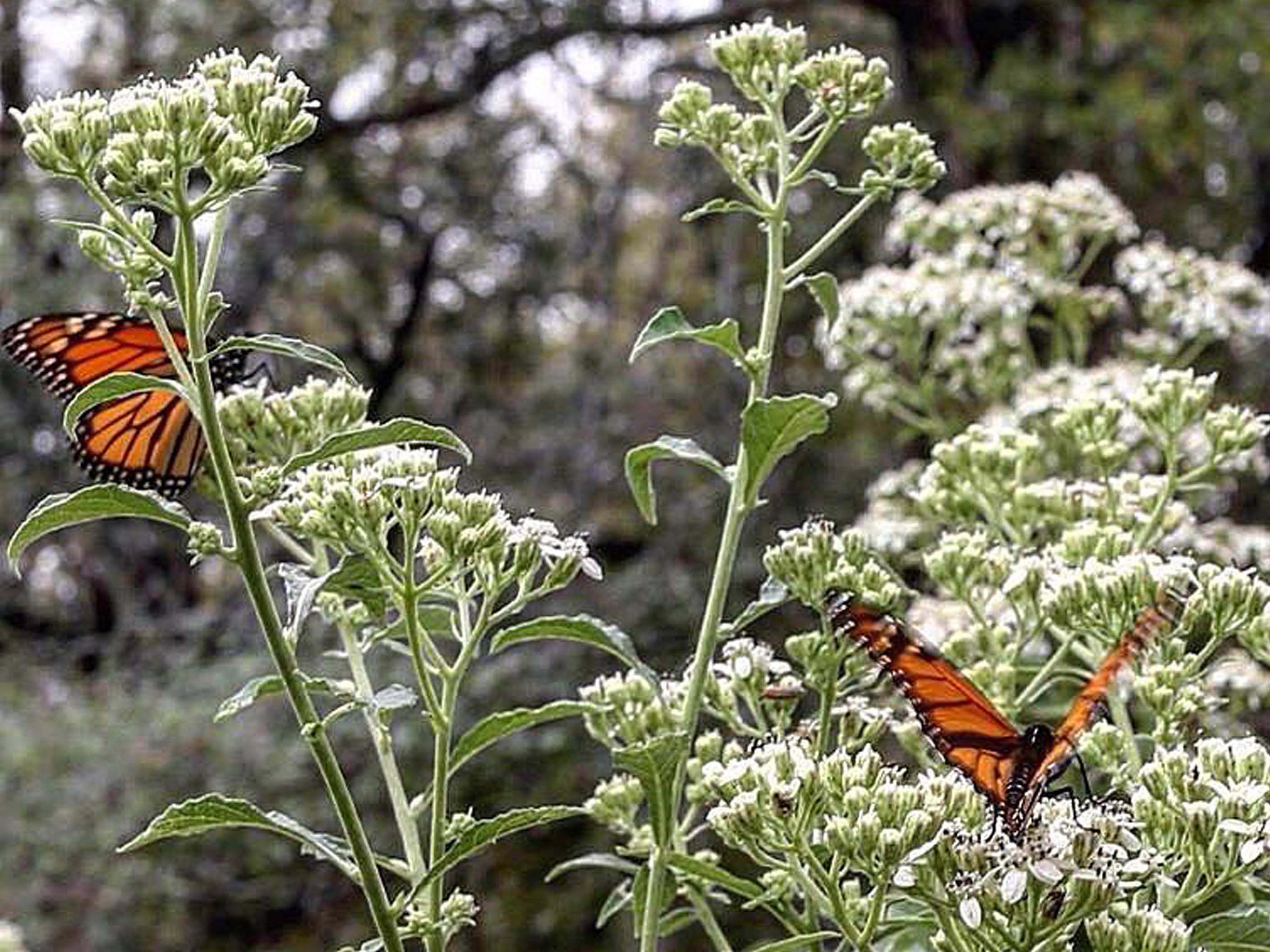By Julie Tomascik
Associate Editor
Bright orange with black and white markings. The Monarch is easily the most recognizable butterfly.
But lately it’s been tough to spot as the population is on a steep decline. So much that the National Fish and Wildlife Foundation (NFWF) started a conservation program earlier this year.
“Back in January, the Fish and Wildlife (FWS) Service Director Dan Ashe came to us with some funding that he wanted to use to start a grant program to address the significant decline in Monarch butterfly numbers,” Teal Edelen, manager of NFWF’s Central Partnership Office, told the Texas Farm Bureau (TFB) Radio Network.
The initial $1.2 million from FWS was matched by a three-year, $3.6 million commitment from Monsanto.
Partnerships for the Monarch Butterfly Conservation Fund were also established with the U.S. Forest Service, Bureau of Land Management (BLM) and USDA Natural Resources Conservation Service (NRCS).
The initiative aims to protect, conserve and increase habitat for these iconic butterflies. And Texas is one of the states essential to the recovery efforts simply because of geography.
“Monarchs have a really interesting and spectacular migration that spans a number of generations,” Edelen said. “They end up in Mexico in an overwintering spot and obviously go through Texas to get there, and then come back up through Texas to begin their journey north.”
Only a region of Texas—the I-35 corridor and a small area to the west—is in the Monarch’s migratory pattern.
That means more Monarch habitat is needed for the area. And milkweed is the only plant on which Monarch butterflies will lay their eggs. It’s also the primary food source for Monarch caterpillars.
But it’s a weed. And farmers and ranchers have worked to eliminate it from their fields and pastures.
Illegal deforestation in Mexico and a lack of moisture across the continent for several years have also hurt the population.
“We are hoping to get private landowners on board with establishing some habitat on marginal lands on private property,” Edelen said. “Establishing that habitat in marginal lands that aren’t used for production purposes is really a great way to get people involved with helping Monarch conservation.”
The population has plunged from 1 billion to less than 60 million over the last 20 years.
The incentives available through the conservation program hope to help restore habitat, allow for education and outreach in urban and rural communities and grow milkweed seed and plant production.
Eventually leading to a growth in the Monarch butterfly population.

